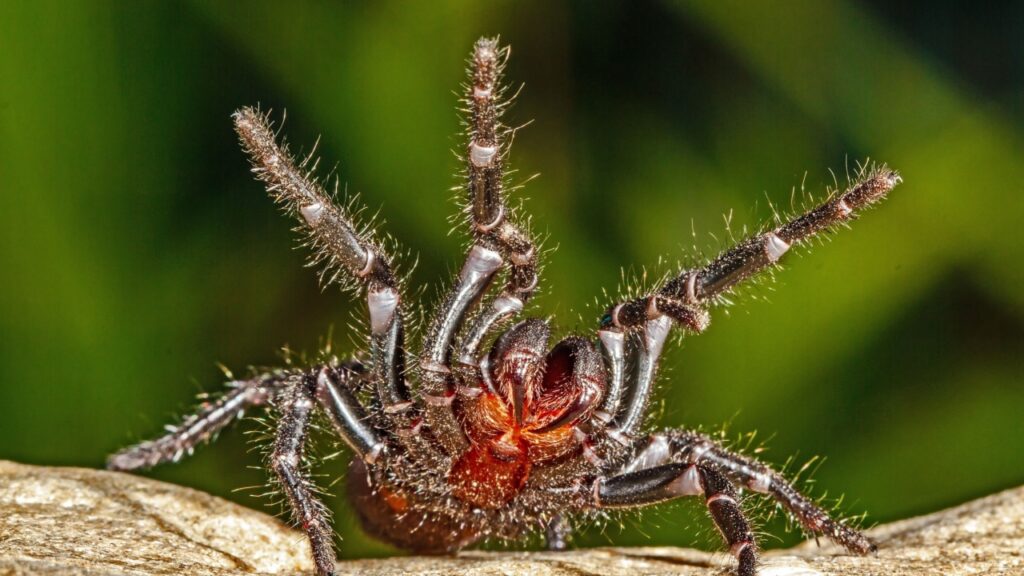The Sydney funnel-web spider is notorious for its potent venom and aggressive behavior. Found in eastern Australia, this arachnid has captured the world’s attention as one of the most dangerous spiders on Earth. Let’s dive into some fascinating facts about this infamous eight-legged creature.
Males Are More Dangerous
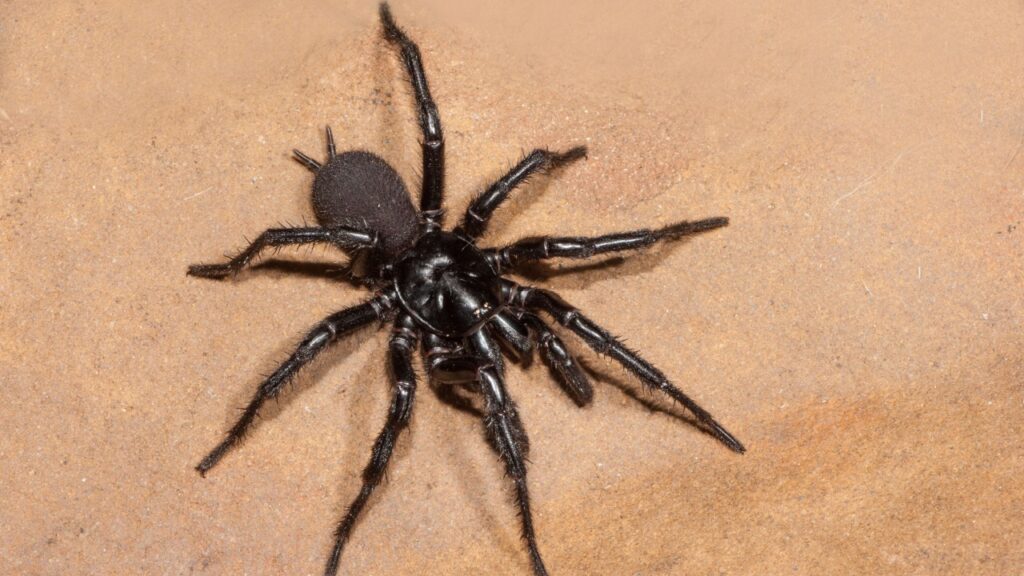
In the world of Sydney funnel-web spiders, males are the more deadly sex. Their venom is up to six times more toxic than that of females. This is unusual in the spider world, where females are typically more venomous. Male Sydney funnel-webs also wander more, increasing the likelihood of human encounters.
They Can Survive Underwater
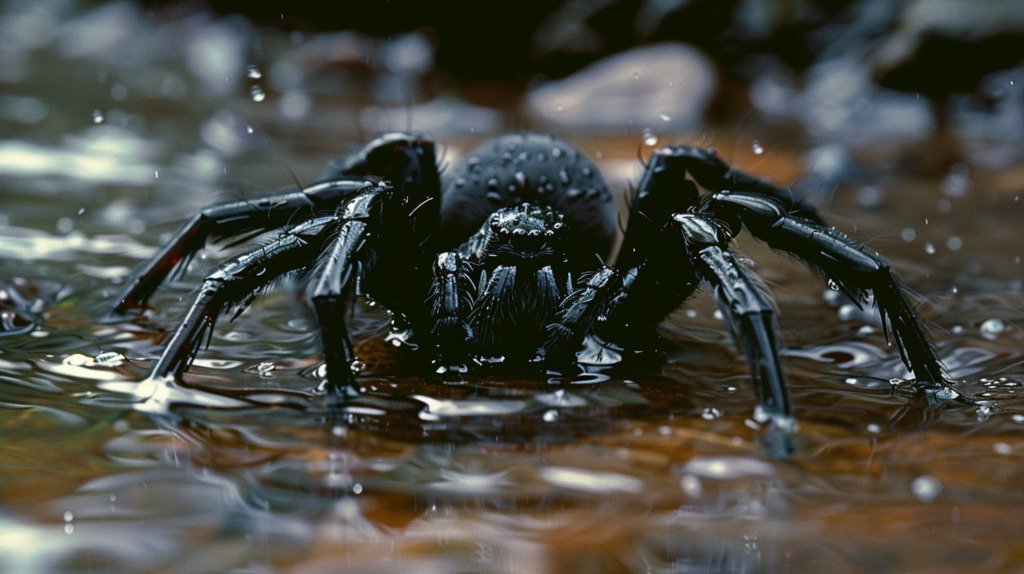
These spiders have an impressive ability to survive underwater. They can trap air bubbles in the fine hairs covering their bodies, creating a protective layer that allows them to breathe. This adaptation helps them survive in their often damp habitats and even lets them withstand being submerged in swimming pools for up to 24 hours.
Their Fangs Can Pierce Fingernails
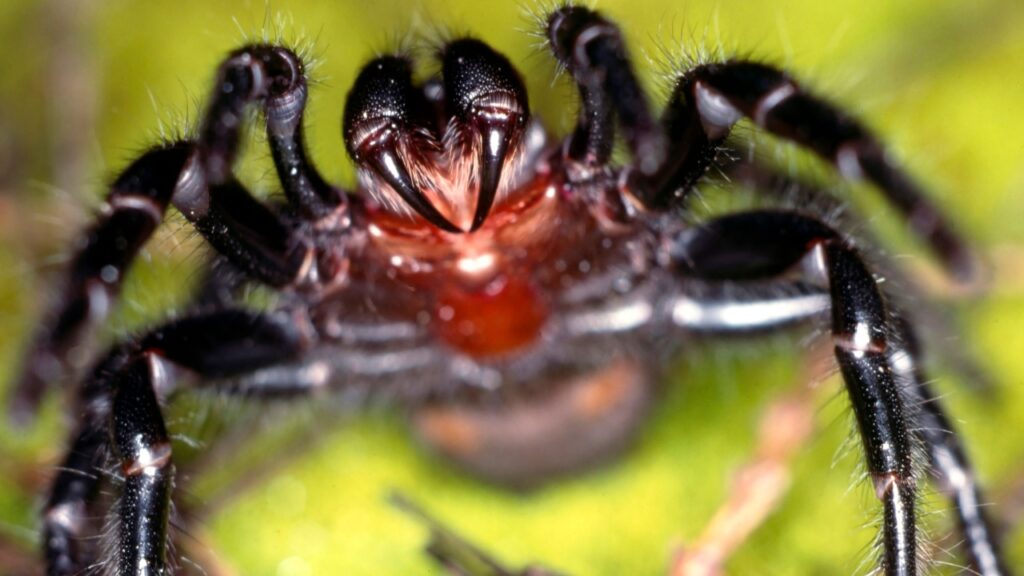
Sydney funnel-web spiders have incredibly strong fangs. These powerful appendages can pierce through human fingernails and even soft shoes. Their fangs are also unusually large for their body size, contributing to their fearsome reputation and ability to deliver a significant amount of venom in a single bite.
They’re Attracted to Water
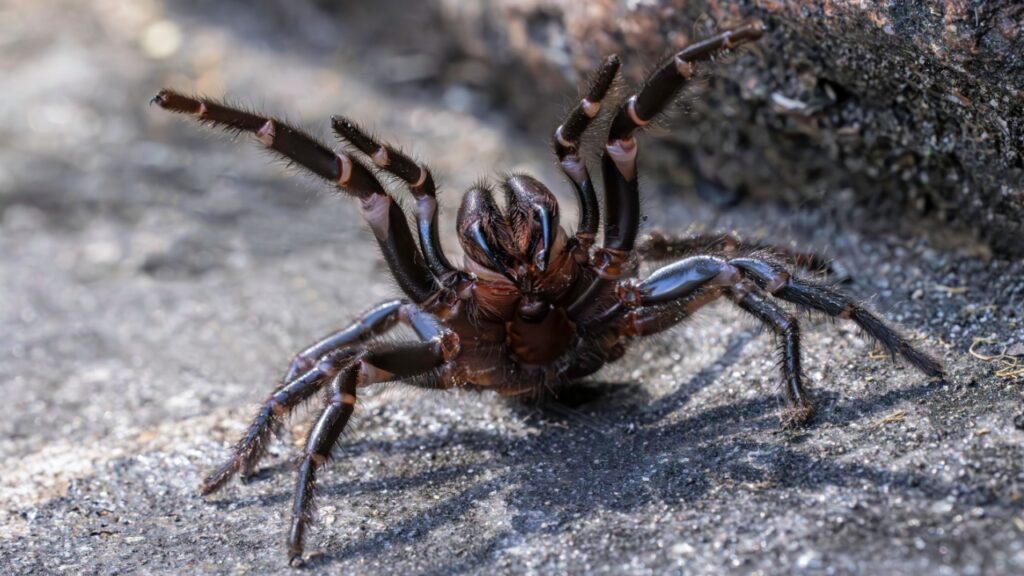
These spiders are oddly drawn to water sources. During dry spells, they often seek out swimming pools, sinks, and even toilet bowls. This behavior increases the risk of human encounters, especially in suburban areas. It’s always a good idea to check your shoes and towels if you live in funnel-web territory!
Their Venom Affects the Nervous System
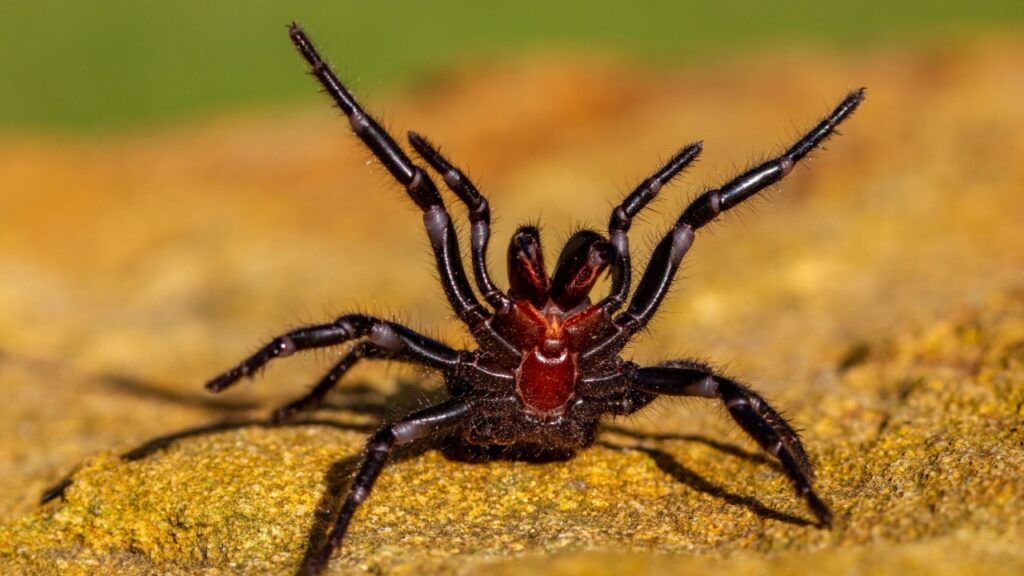
The venom of a Sydney funnel-web spider is a complex cocktail of toxins. It primarily targets the nervous system, causing a range of severe symptoms in humans. These can include nausea, vomiting, sweating, difficulty breathing, and in extreme cases, coma or death if left untreated. The venom’s fast-acting nature makes quick medical attention crucial.
They’re Not Web Spinners
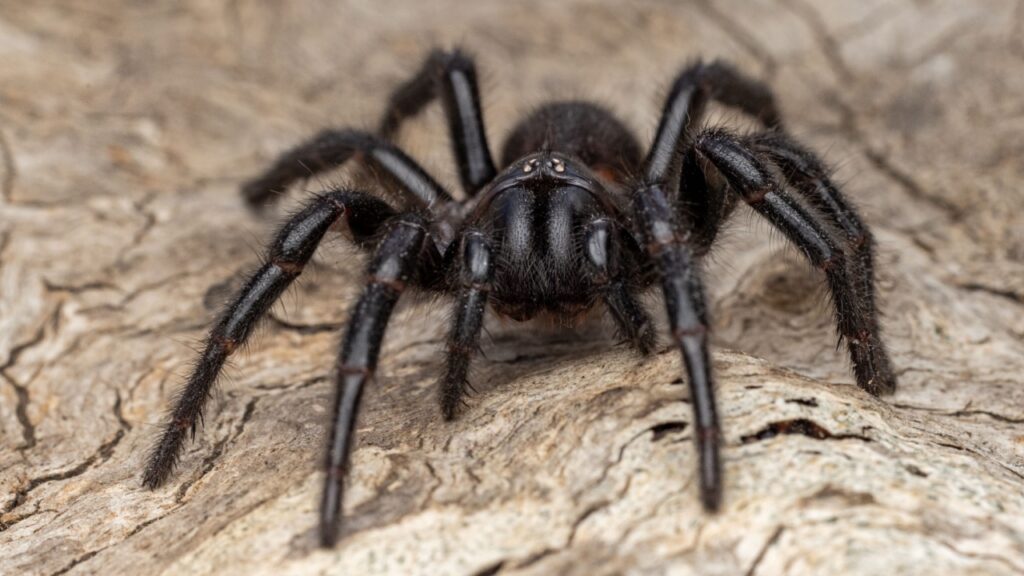
Despite their name, Sydney funnel-web spiders don’t actually spin traditional webs. Instead, they create silk-lined burrows in the ground, often with several ‘trip-lines’ radiating out from the entrance. These lines alert the spider to potential prey or threats, allowing them to quickly emerge from their hideout.
They Have Poor Eyesight

Sydney funnel-web spiders rely more on vibrations and touch than on vision. Their eyes are quite small and provide only basic light detection and movement sensing. To compensate, they have sensitive hairs on their legs and body that help them detect nearby movement and vibrations in their environment.
They’re Long-lived for Spiders
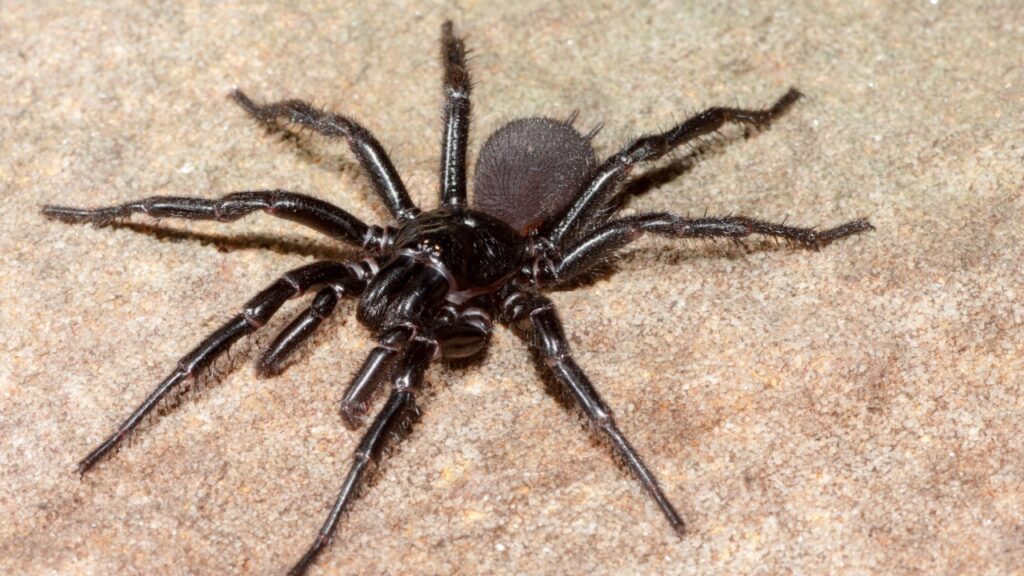
These arachnids have an impressive lifespan for spiders. Females can live up to 20 years in the wild, while males typically live for 5-7 years. This longevity contributes to their ability to establish stable populations and also means that individual spiders can potentially pose a threat for many years.
They’re Ancient Survivors
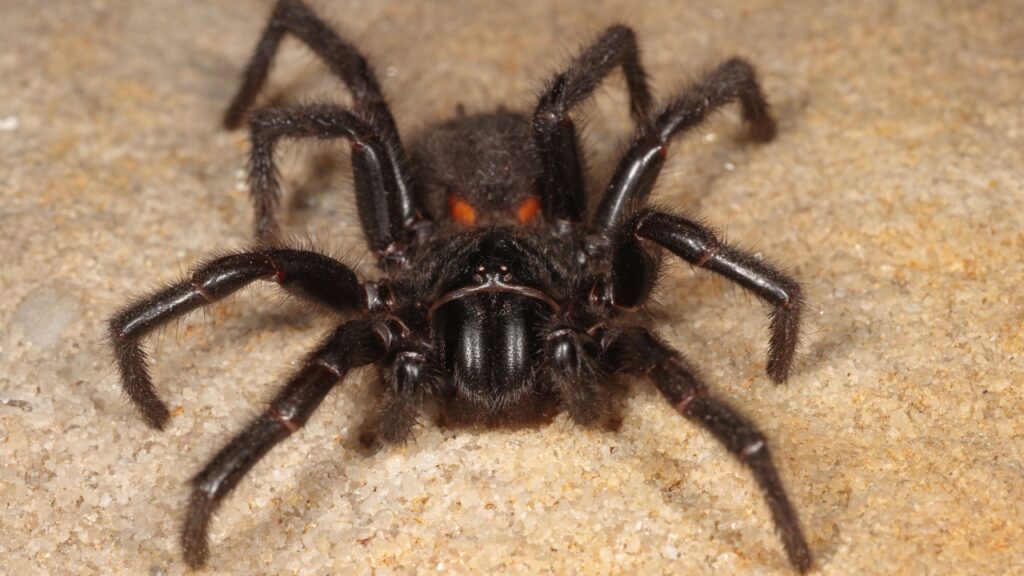
The Sydney funnel-web spider belongs to an ancient family of spiders that has existed for millions of years. They’re considered ‘living fossils’ because they’ve changed very little over time. This resilience and adaptability have allowed them to survive through major climatic and environmental changes.
Their Venom Has Medical Potential
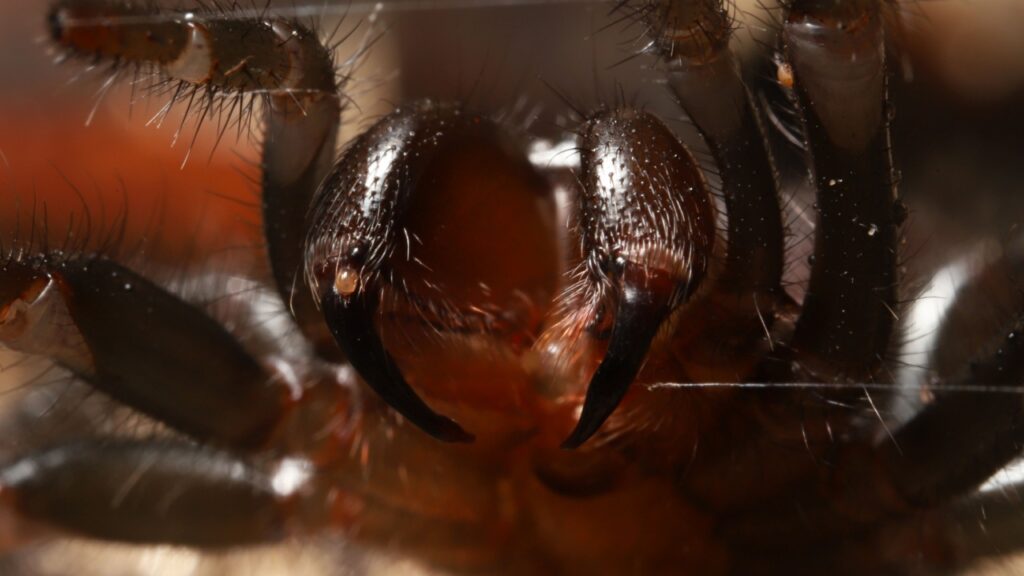
Scientists are studying the venom of Sydney funnel-web spiders for potential medical applications. Compounds in the venom show promise for treating heart attack damage, extending the viability of transplant organs, and even as an eco-friendly insecticide. This deadly venom might one day save lives!
They’re Not Aggressive Towards Humans
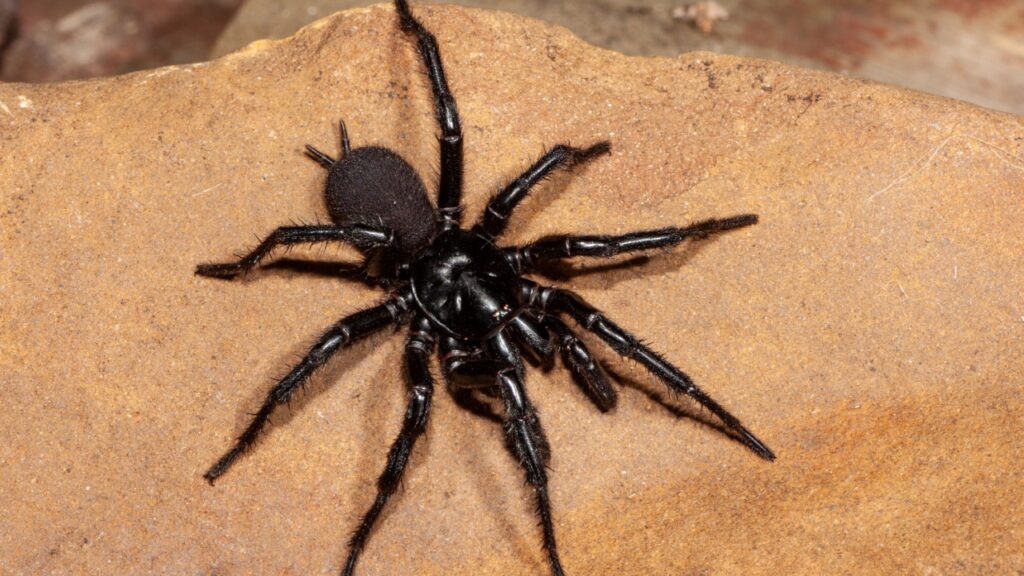
Contrary to popular belief, Sydney funnel-web spiders don’t actively seek out human confrontation. Most bites occur when the spiders feel threatened or are accidentally disturbed. They’re more likely to display threat postures or try to escape than to attack unprovoked. Understanding their behavior can help reduce the risk of bites.
Females Are Homebodies
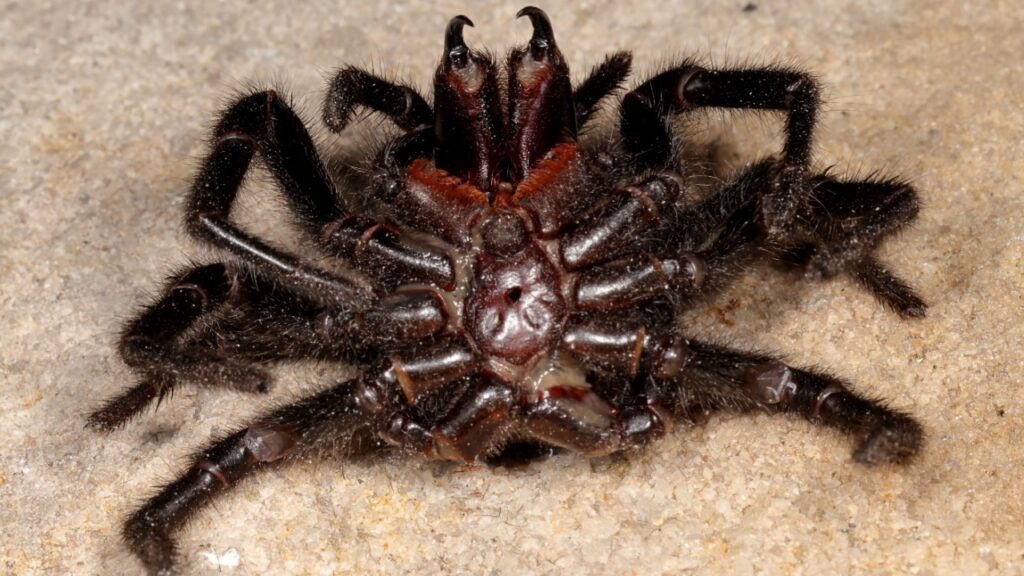
While male Sydney funnel-web spiders often wander in search of mates, females tend to stay close to home. They rarely leave their burrows except to catch prey right at the entrance. This behavior difference is why most human encounters are with male spiders, especially during their mating season.
They Have a Unique Defense Posture
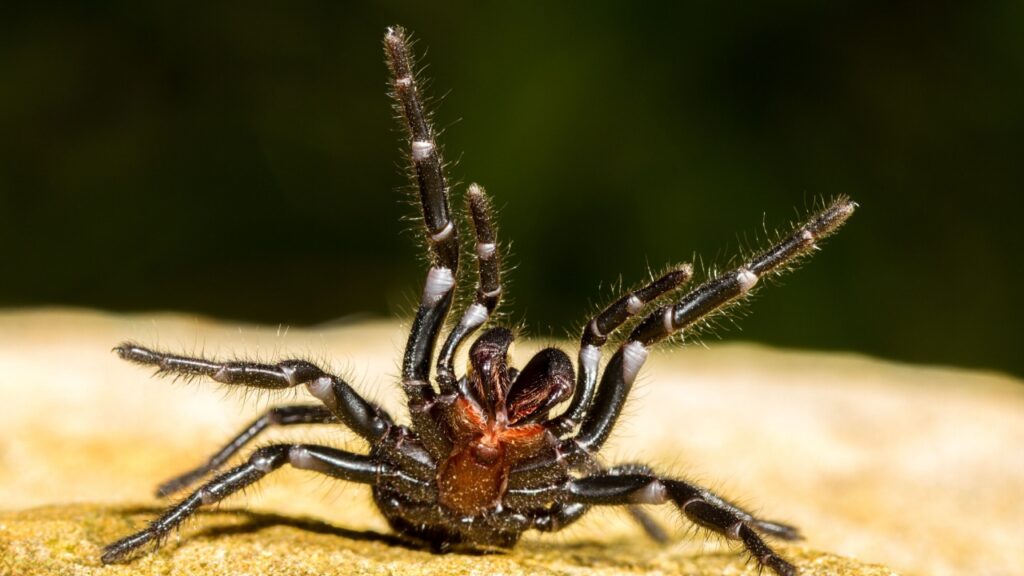
When threatened, Sydney funnel-web spiders display a distinctive defensive stance. They rear up on their hind legs, exposing their fangs and ready to strike. This posture, combined with their aggressive reputation, makes them one of the most intimidating spiders to encounter.
Their Habitat Is Shrinking
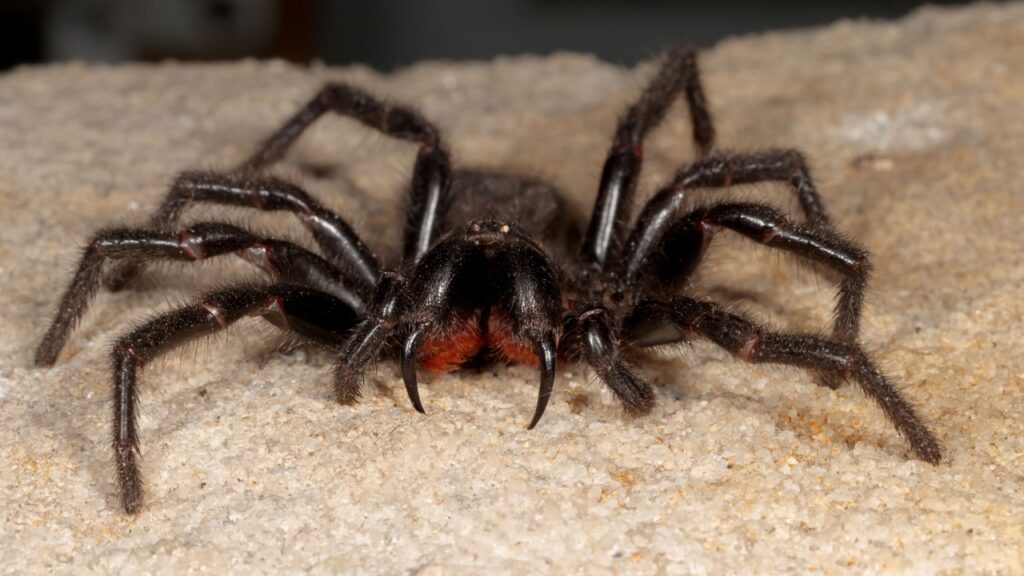
Urban development in eastern Australia is encroaching on the natural habitat of Sydney funnel-web spiders. This habitat loss is pushing these spiders into closer contact with humans, potentially increasing the risk of bites. Conservation efforts are underway to protect their remaining natural habitats.
They’re Immune to Their Own Venom
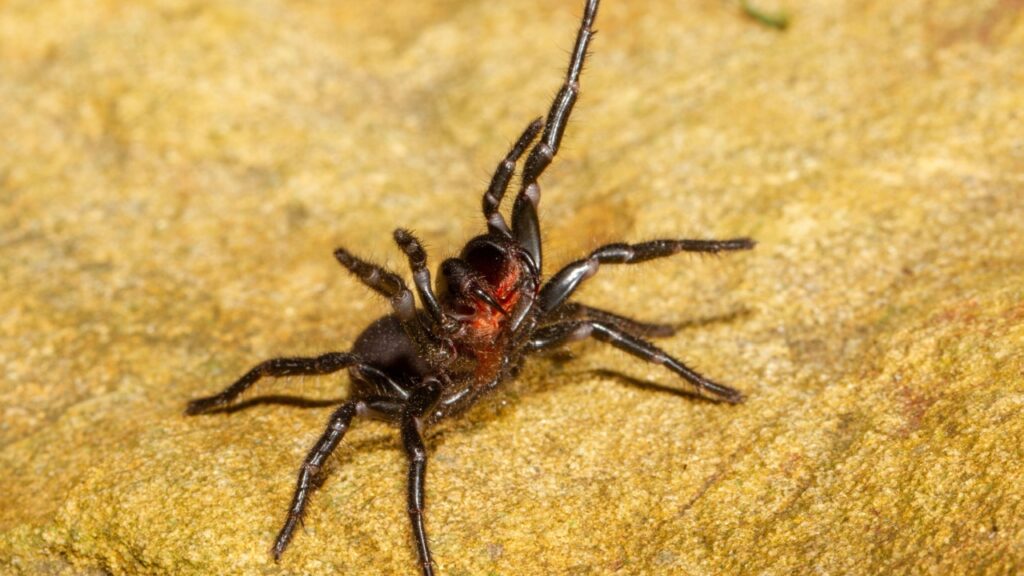
Like many venomous creatures, Sydney funnel-web spiders are immune to their own venom. This immunity allows them to bite prey multiple times without harming themselves. It also means that these spiders can’t be used to produce antivenom, unlike some other venomous animals.
They’re Not All From Sydney
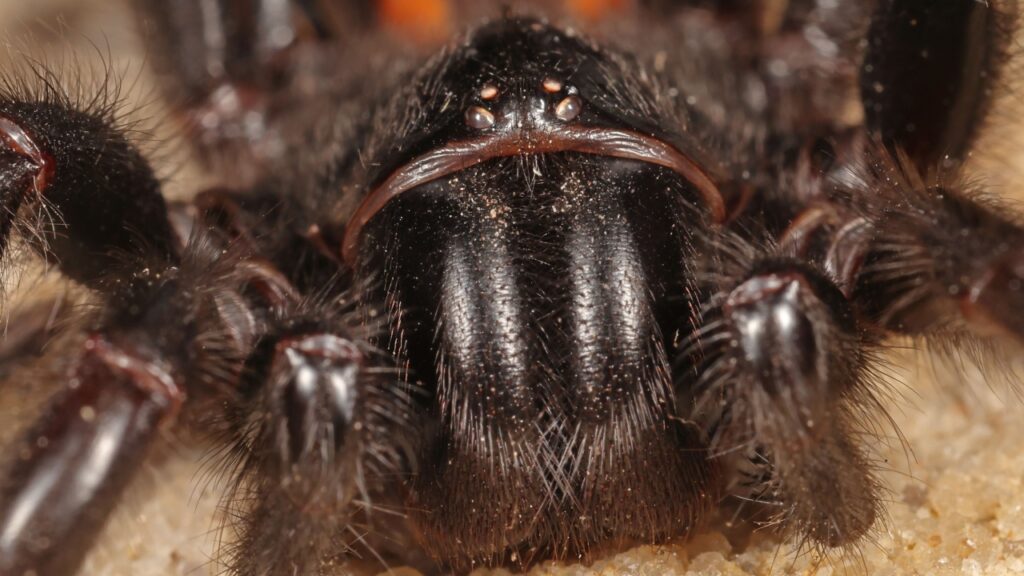
Despite their name, Sydney funnel-web spiders aren’t found only in Sydney. They inhabit a range of areas along the east coast of Australia, from Queensland to Victoria. However, the species found in the Sydney area is considered the most dangerous to humans.
Antivenom Has Saved Many Lives

Since the development of antivenom in 1981, there have been no recorded human deaths from Sydney funnel-web spider bites. This medical breakthrough has dramatically changed the spider’s impact on human health. Quick administration of antivenom can reverse the effects of the bite and save lives.

